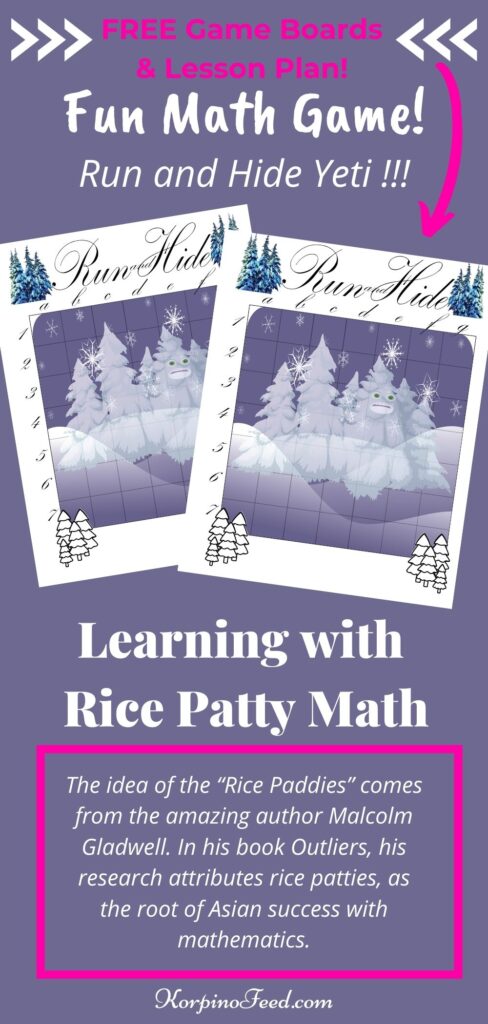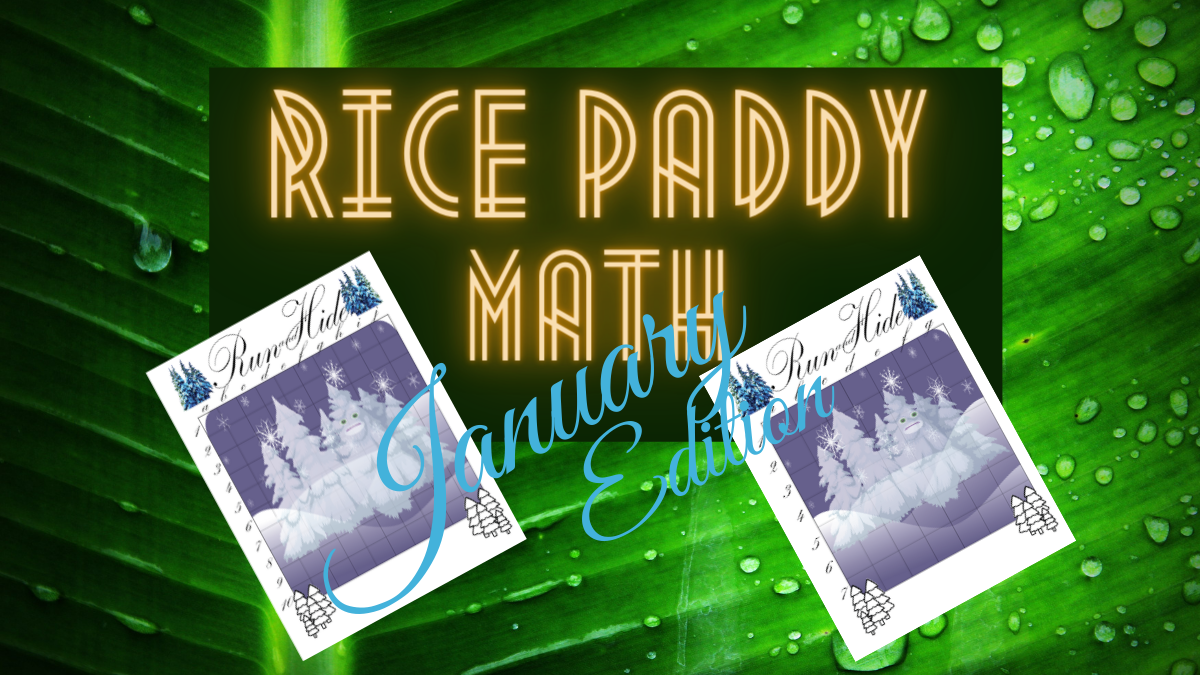Learning with Rice Paddy Math
Too often, math concepts are taught or learned in isolation of the students’ knowledge and experience. These useful tools were introduced to children outside of classrooms and textbooks. They learn math ideas through games, art, sports, and through general observations of their environment. When kids are indirectly learning and applying mathematics, I like to call it “Learning with Rice Paddy Math”. Run and Hide is a game that I came up for my kids. The December Edition was fun. No it is time to Run and Hide through January.
The idea of the “Rice Paddies” comes from the amazing author Malcolm Gladwell. In his book Outliers, his research attributes rice patties, as the root of Asian success with mathematics. The meticulous attention dedicated to “meaningful work”, consists of a mathematically inclined way of thinking. This cultural dedication to mathematical detail, defines the Asian “skill oriented” characteristic. This presents academic mathematics as something that is practical. New concepts can be solved with the application of existing knowledge and experiences. To be clear, “success” does not equate to automatically knowing equations or computations. It is attitude over ability. Attitude leads to ability.
Providing meaningful work is crucial for a positive math attitude. Build a culture of mathematical thinking by engaging kids in activities that develop math knowledge. In addition, activities that promote math knowledge and experiences. Learning with Rice Paddy Math activities is just one fun way to do this.

Learning with Rice Paddy Math Lesson Plan
Lesson: Run and Hide – January Edition
Run and Hide is a game that introduces and reinforces many mathematical concepts. The gameboard and gameplay addresses coordinates and coordinate planes. The game also incorporates the ideas of perimeter and area. Concepts of fractions, subtraction, multiplication division and probability are also present.
The game is best played with multiple kids but not out of the question with just one. If working with only younger learners, playing games like Bingo or Battleship would be a great prerequisite. Or playing many practice rounds would also be beneficial.
Standards
If standards are needed, apply the standards that correlate to the present grade levels. In our family, we play Run and Hide with four grade levels (K, 2, 5 and 7).
Lesson Objectives
Learners will be able to…
place squares or rectangles, with given areas, on a grid.
plot given coordinates on a grid.
differentiate and state parts to whole relationships.
Math Practices:
MP1 Make sense of problems and persevere in solving them.
MP2 Reason abstractly and quantitatively.
MP6 Attend to precision.
MP7 Look for and make use of structure.
Materials
Dry erase markers and erasers.
Run and Hide print outs (7×7 or 10×10). One for each participant and one for the game administrator.
Plastic page protectors.
Timer.
Anticipatory Set
Keep in mind that Run and Hide is an indirect introduction and/or application of math concepts. Feel free to use math terminology throughout the game but refrain from making the game a math focus.
Segments 1
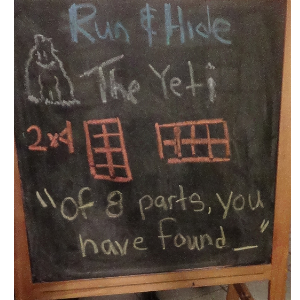
Introduce and teach the Run and Hide gameboard.

“Your job is to hide the Yeti(s) in this AREA of the board (point at grid). The board is labeled with numbers on the side and letters on the top. The letters label columns and the numbers label rows (point as you mention).” If you have younger children, check for understanding. “Let me see you put your finger on B column.” Check and praise or prompt correction. “Good job finding the B column, now let me see you put our finger on the 5 row. Check and praise or prompt correction.
“Each box on this board is labeled by a letter and a number. This first box is A-1 (point at box). Put your finger on A-1.” Model how to locate specific boxes. “If that is A-1, then where is E-5? Well here is the E column and here is the 5 row (point as you mention each). Watch as I run my finger down the E column and this finger across the 5 row. Look they meet in this box. It is box E-5. Let me see you do it. Put one finger on E and another on 5. Next, move your fingers together down the column and across the row until they meet. Good job at finding E-5!” Check for understanding. “Now let me see you put your finger on box C-3″. Check and praise or prompt correction.
Segment 2
Introduce and teach the Yeti, or Abominable Snowman.

“Sir Thomas Shipton received word that the mysterious Yeti creature was rumored to be roaming in this region of Mt. Everest (point at the grid). It is your job to hide the Yeti(s) anywhere in this area (continue pointing at the grid).“ “The Yeti is (provide dimensions e.g. 2×4).” Provide an image of both and let them know that the 2×4 Yeti can be 2×4 or he can be laying down, as in 4×2. Check for understanding. “How many boxes make up a 2×4 Yeti?” Praise or prompt correction. “Yes, 8 boxes make up a 2×4 Yeti.” Continue if you added another Yeti.
“It is up to you to hide the Yeti anywhere one your board.” With a dry erase marker, show an example on your board. “For example, I am going to put my Yeti(s) here, but you can hide your Yeti(s) anywhere on your board. Put your marker down when you are done.”
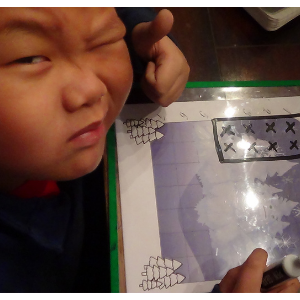
Segment 3
Introduce and teach coordinate plotting.
“Now that you have hidden your Yeti(s), I am the child looking to get an early peek at my presents. I am gong to call out the location of different boxes. As I call them out, you have to mark them with your marker. Just like the game Bingo. So, if I say A-1, you will mark off box A-1, just like this (show A-1 marked off on your board).”
“I am going to call out boxes for 3 minutes (5 minutes for the 10×10 gameboard). Continue marking as I go. After 3 minutes, I am going to do a Yeti check. During a Yeti check you have to tell me how many parts of the whole Yeti I have located. So if I called out 2 boxes on your 2×4 Yeti you will say that out of 8 parts you have found 2 (continue if Yetis ‘are added ‘of _ parts you have found…’).
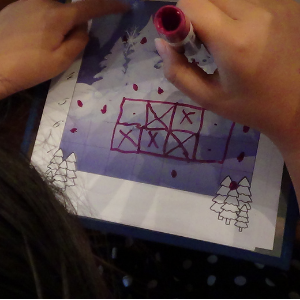
If I call out all of the boxes of your Yeti(s), you have to announce that one of your Yeti(s) has been found (“You, found my Yeti!”). The winner is the last one to have their Yeti(s) undiscovered (for a single player, he or she would win if their Yeti(s) remain undiscovered through three Yeti(s) checks). Any questions?”
Game Play
Before calling out coordinates, position yourself or have the learners position their board so that you cannot see where they hid the Yeti(s). Just as important, be sure to tell them not to give away clues or react to getting a piece of their Yeti(s) found. Randomly call out coordinates, at an appropriate pace. Repeat if necessary. You can display your board as you mark off the coordinates, if needed.
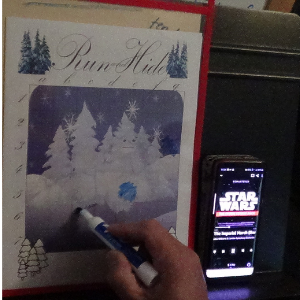
After the allotted time (3 or 5 minutes), ask for a Yeti check. “Have I found any parts of your Yeti(s)?” If needed guide the learner(s) with the response, “of ___ parts, you have found ___.”
Notes
The pacing of the game is key. Especially with younger learners, you do not want the game to go on for too long. If using the 10×10 board, don’t make the Yeti(s) too small. For example, 2×2 Yeti on a 10×10 board may not be found.
With one 2×4 Yeti, on the 7×7 board, I found that four rounds (Yeti checks) was perfect. As a result, the gameplay had, sufficient math application and excitement. Unfortunately, one Yeti was found and the other three had one more part left to be found.

Also, feel free to change up the objective to win the game. For instance, I have also administered the game for three and four rounds of Yeti checks. At the end of the, the kids told me how many parts of the Yeti(s) that they had undiscovered. They received stars, on their weekly rewards chart, for the number of parts. In short, change it up to keep it fresh and exciting.
After multiple times playing, roles can be switched. Conversely, learners will see a different mathematical mindset when searching for the items.
The mood can also be enhanced by playing exciting or adventurous music. For example, I like skipping through the “Scores” station on Amazon Prime.
Enjoy! We hope that you all enjoy playing Run and Hide through January.
Be sure to check back soon for the February Edition of Run and Hide.
Click >>HERE<< to download the Run and Hide January Game Boards
